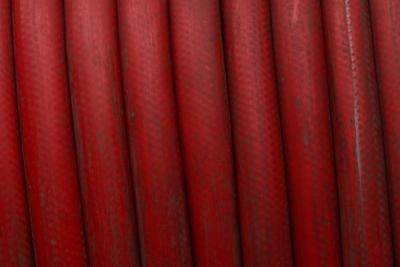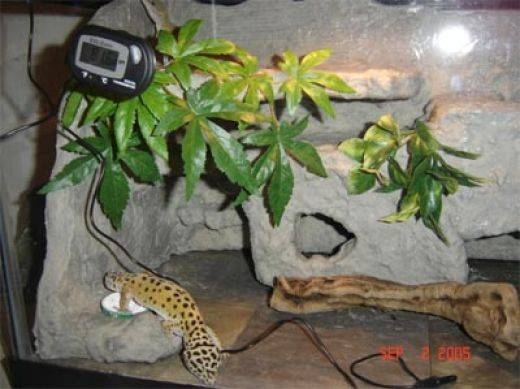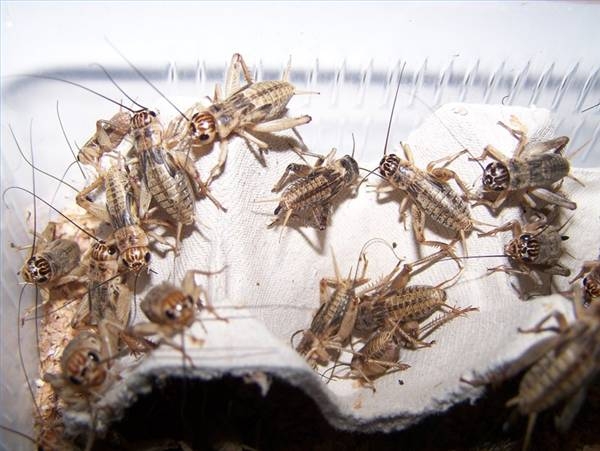
For the proper care of your reptiles a routine schedule can be followed on a daily, weekly, monthly, bi-annually and annual basis. The following is a bearded dragon’s care sheet, listing the essential functions to keep your dragons happy and healthy.
Daily:
• Feed your lizard and replace water bowl with fresh water
• Remove the feeding dishes and clean them after feeding
• Clean the feeding area of any uneaten food
• Clean the substrate of any toilet or fecal matter
• Check your dragon for any visual signs of sickness or problems with skin shedding
• Spend some time with your pet out of the enclosure
Weekly:
• Bath your bearded dragon
• Trim the reptile’s toenails
• Clean the enclosure thoroughly, clean all the items like branches and rocks
• Clean your cage surroundings including the underside and back of the tank
• Check that all the heating and lighting equipment are in working order
• Take your dragon outside for basking in the sunshine
Monthly:
• Remove all the components of the cage and wash the tank with a bleaching agent. Let it dry completely under the sun.
Bi-annually:
• Remove and replace an inch of the top layer of the substrate for all the cages that you keep outdoors.
Annually:
• Visit your veterinarian. Take your pet with samples of feces to check for any parasites or diseases.
In addition you have to be aware of the nutritional needs of your juvenile and adult dragons. Below is a list of the basic food proportions and the variety needed to make up a healthy diet for your bearded dragon thus ensuring a healthy and long life for your reptile.
For Juveniles and adults:
• 50 percent: - insects pre-fed and gut loaded consisting of crickets, mealworms, wax worms and once or twice give them a pinky mice.
• 30 percent: - green vegetables rich with calcium example alfalfa, collard greens, mustard greens, dandelions, spinach greens, cabbage, broccoli and green beans.
• 10 percent: - other vegetable example zucchini, bell peppers, grated carrots, tomatoes and sprouts.
• 10 percent: - other foods example bread, cereal and commercial bearded dragon food.
Adults can be fed once per day and juveniles twice daily. Young dragon’s vegetables should be chopped in smaller pieces and given smaller insects so they can be eaten easily. For hatchlings, as they are growing rapidly, should be given more protein and fed twice a day. Their food ratio should comprise 60 percent protein, 25 percent calcium rich vegetables and 15 percent other food.
By making a care list for your dragon you reduce the risk of forgetting to carry out one of the chores and neglecting your pet.
Your dragons should be taken out of its cage every now and then so to properly handle your pet there are some do’s and don’ts:
1. Don’t grab him by its tail or limbs.
2. Don’t grab him suddenly without warning.
3. Do make slow and gentle approach.
4. Do place a finger under the chin and extend under its body.
5. Do move the hatchlings with the perch they are lying on.
6. Do support the dragon in the palm of your hand, its head facing away from you.
7. Don’t press and squeeze any part of its body.
8. Don’t grab him in your fist if it is suddenly running away. But rather block its path by one hand and by caving in with your fingers gently lift it up.
 Choosing a Northern Brown Basilisk
Choosing a Northern Brown Basilisk
Choosing a Northern Brown Basilisk
Choosing a Northern Brown Basilisk
 Homemade Mister for Reptiles
Homemade Mister for Reptiles
Homemade
Homemade Mister for Reptiles
Homemade Mister for Reptiles
Homemade
 Top 10 Unusual Pets
Top 10 Unusual Pets
Top 10 Unusual Pets
Top 10 Unusual Pets
 How to Build a Fake Rock Background
How to Build a Fake Rock Background
Ho
How to Build a Fake Rock Background
How to Build a Fake Rock Background
Ho
 How to Care for Live Crickets for Reptiles
How to Care for Live Crickets for Reptiles
How to Care for Live Crickets for Reptiles
How to Care for Live Crickets for Reptiles
Copyright © 2005-2016 Pet Information All Rights Reserved
Contact us: www162date@outlook.com